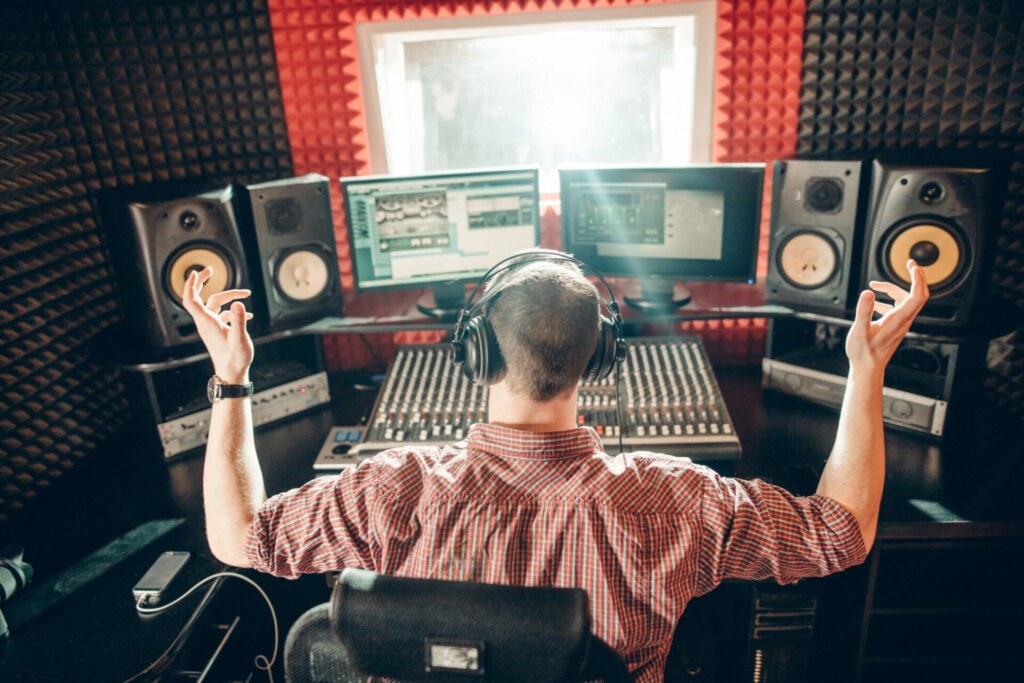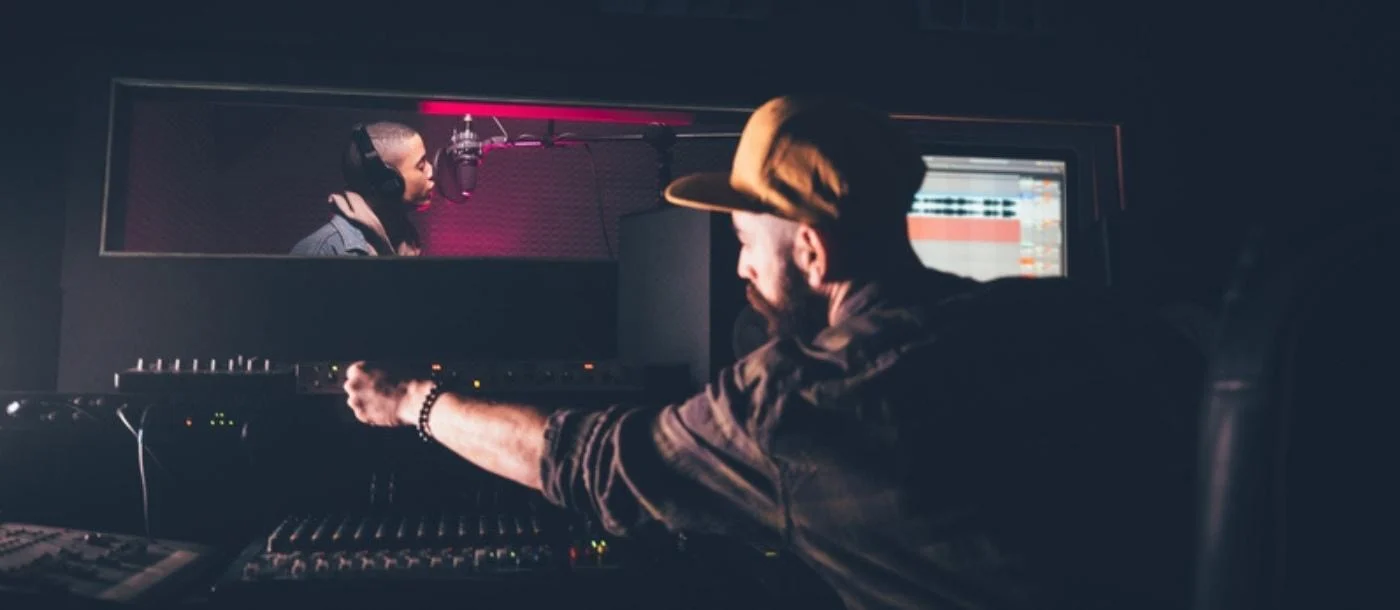
Sound engineering may seem complex at first, but with the right knowledge and tools, anyone can dive into this exciting field. Whether you’re looking to start your career in music production or want to set up a home studio, mastering the basics is essential. This guide will cover the fundamentals to help you get started on your journey toward becoming a sound engineer.
1. Understanding the Basics of Sound Engineering
Before jumping into the technicalities, it’s crucial to understand what sound engineering entails. As a sound engineer, you manipulate audio elements, including recording, mixing, and mastering. Your role is to ensure that music, vocals, or any other sound is captured and enhanced to sound its best. The key components of sound engineering include:
- Recording: Capturing audio using microphones and recording equipment.
- Mixing: Balancing and adjusting the individual elements of the audio, such as vocals, instruments, and effects.
- Mastering: The final process that polishes the track and makes it ready for distribution across various platforms and devices.
2. Essential Equipment for Beginners
Getting started with sound engineering requires a few essential tools. These are must-haves for anyone setting up a home studio:
- Digital Audio Workstation (DAW): A DAW is the software where you record, edit, and mix your tracks. Popular DAWs for beginners include GarageBand, Logic Pro, Ableton Live, and FL Studio. Each offers intuitive interfaces and varying levels of functionality to suit your needs.
- Audio Interface: This device acts as the bridge between your instruments/microphones and your computer. It converts analog signals to digital so they can be processed within your DAW.
- Microphones: A good microphone is critical for capturing high-quality audio. Cardioid microphones are excellent for recording vocals, as they capture sound from the front and reject noise from the sides and back.
- Headphones: While studio monitors are ideal for mixing, a good pair of closed-back headphones will allow you to monitor your sound with precision, especially in untreated rooms.
- MIDI Controller: If you’re working with electronic music or virtual instruments, a MIDI controller will give you tactile control over your DAW.
3. Basic Techniques for Recording and Mixing Sound
Recording Vocals and Instruments
One of the most important aspects of sound engineering is getting a clean, high-quality recording. To do this:
- Set Up Your Microphone Correctly: Ensure proper microphone placement and consider factors like the room’s acoustics to minimize unwanted noise. Understanding microphone polar patterns—such as cardioid or omnidirectional—can help you capture the right sound for each recording situation.
- Use Pop Filters: When recording vocals, pop filters are essential for reducing harsh “p” and “s” sounds that can distort your audio.
Mixing Essentials
Mixing is where your creativity as an engineer truly shines. Some basic mixing principles include:
- EQ (Equalization): This helps balance the different frequencies in your tracks. For instance, cutting unnecessary low frequencies in vocals can create more space for the bass and kick drum.
- Compression: This tool helps control the dynamics of a track, making quieter sounds louder and preventing louder sounds from peaking.
- Panning: Moving elements of the mix to the left or right speaker helps create space and width in your audio.
4. Tips for Setting Up a Home Studio
Creating a home studio doesn’t require a lot of space, but a well-thought-out setup will improve the quality of your recordings. Here are a few tips:
- Choose the Right Room: A room with minimal hard surfaces will reduce reflections and echoes, which can muddle your recordings.
- Sound Treatment: Invest in basic acoustic panels to reduce unwanted reflections and enhance the accuracy of your audio playback. Foam panels, bass traps, and diffusers can help optimize your studio’s acoustics.
- Monitor Positioning: Place your studio monitors at ear level and in an equilateral triangle with your listening position to get the best stereo imaging.
5. Continual Learning and Resources
Sound engineering is a field that rewards continual learning. As technology evolves, new tools and techniques emerge, keeping the profession dynamic and ever-changing. Here are a few ways to keep up:
- Online Courses: Platforms like Coursera, MasterClass, and Udemy offer in-depth sound engineering courses for all levels, from beginners to professionals.
- Experiment with DAW Plugins: DAWs come with numerous built-in tools, but experimenting with third-party plugins (such as reverb, delay, or compressors) can add new dimensions to your mixes.
- Join Communities: Online forums and social media groups dedicated to sound engineering are great places to get advice, ask questions, and share your work with others.
6. Final Thoughts
Starting as a sound engineer can seem overwhelming, but with the right mindset and tools, you’ll find it an incredibly rewarding journey. Focus on understanding the basics, invest in quality equipment, and never stop learning. By mastering the essentials of recording and mixing, you’ll be well on your way to producing professional-sounding tracks from the comfort of your home studio.
By focusing on the practical aspects of sound engineering and consistently refining your skills, you’ll soon develop a unique sound that sets you apart as an engineer. Remember, practice makes perfect, and every project is a chance to learn something new. This guide is designed to help you get started with confidence. For further insights on sound engineering techniques and advanced tutorials, check out resources like MasterClass and Soundtrap, which offer a wealth of knowledge for beginners and pros alike.
